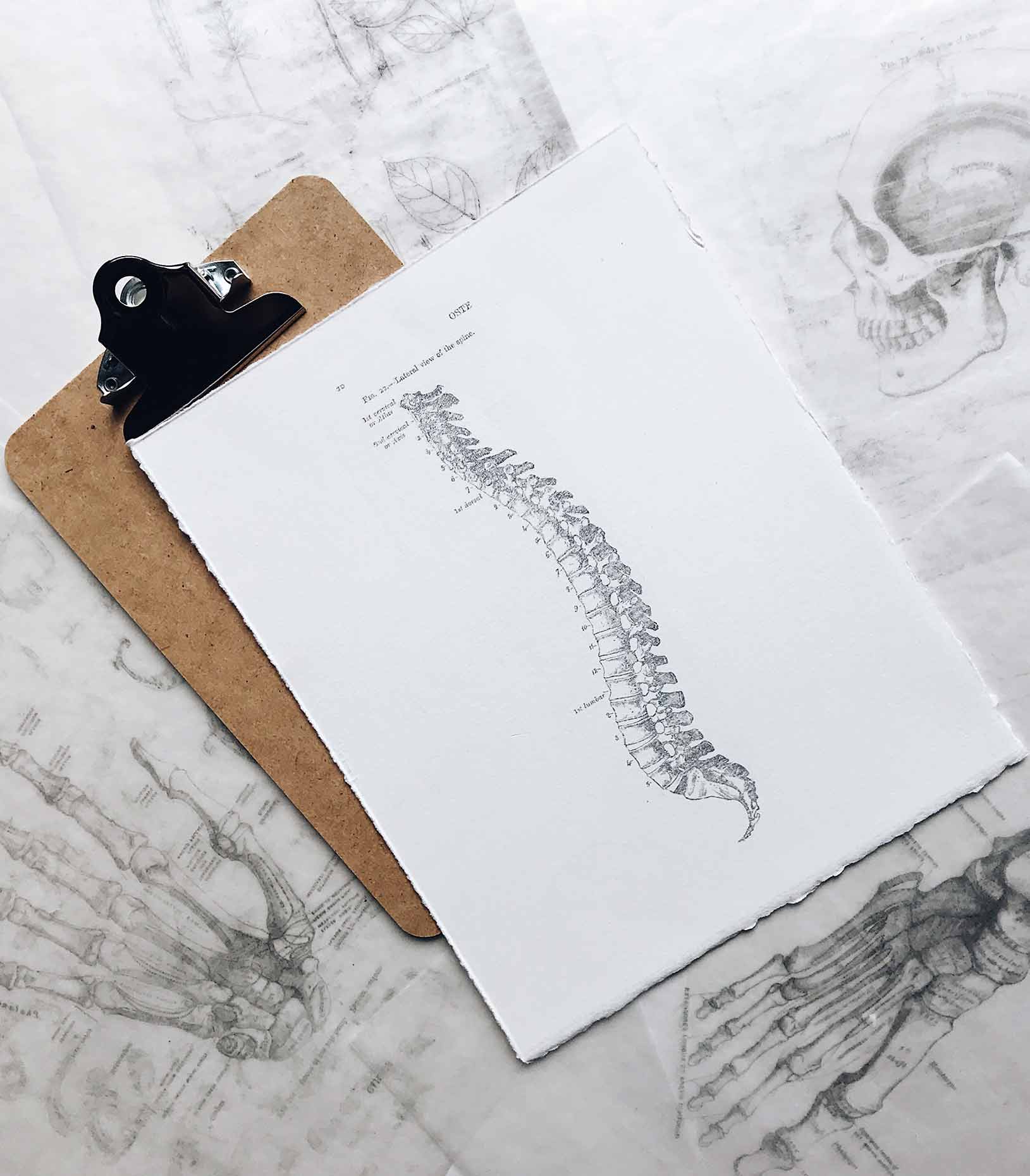Port St. Lucie Spinal Cord Injury Lawyers

Sustaining any kind of unanticipated injury can result in pain and suffering, but the physical and emotional repercussions are especially devastating when the injury affects the central nervous system (CNS). The CNS is composed of the brain and spinal cord and controls virtually every bodily function. Therefore, damage to the CNS can be catastrophic.
For example, it is not uncommon for spinal cord injuries (SCIs) to result in paralysis. The extent of the paralysis and the limbs affected will depend on the location and severity of the injury.
Since permanent paralysis poses lifelong challenges, those who sustain an SCI because of someone else’s negligence have the right to pursue compensation for their losses. Potentially recoverable damages include medical bills, lost income, and pain and suffering.
In order to secure a fair settlement, though, accident victims must prove both liability and damages. This is where seasoned paralysis lawyers can help.
If you or a loved one sustained a spinal cord injury because of another party’s negligence, contact Donaldson & Weston to determine the most strategic way to proceed. After evaluating the circumstances of the incident, we will handle the logistics of your claim so you can focus on your health. Call 772-266-5555 to schedule a free case evaluation with a strategic paralysis attorney in Port St. Lucie.
For example, it is not uncommon for spinal cord injuries (SCIs) to result in paralysis. The extent of the paralysis and the limbs affected will depend on the location and severity of the injury.
Since permanent paralysis poses lifelong challenges, those who sustain an SCI because of someone else’s negligence have the right to pursue compensation for their losses. Potentially recoverable damages include medical bills, lost income, and pain and suffering.
In order to secure a fair settlement, though, accident victims must prove both liability and damages. This is where seasoned paralysis lawyers can help.
If you or a loved one sustained a spinal cord injury because of another party’s negligence, contact Donaldson & Weston to determine the most strategic way to proceed. After evaluating the circumstances of the incident, we will handle the logistics of your claim so you can focus on your health. Call 772-266-5555 to schedule a free case evaluation with a strategic paralysis attorney in Port St. Lucie.
How Do I Calculate Pain and Suffering Damages in a Florida Spinal Cord Injury Claim?
Quantifying the pain and suffering caused by a spinal cord injury can be challenging. Since these damages can make up a considerable portion of a personal injury settlement, though, it is important to include them in the negotiations.
There are two widely accepted formulas for calculating a reasonable figure to cover pain and suffering. The first is called the multiplier method. To apply this formula, you simply multiply the total economic damages by a factor that typically ranges from 1.5 to 5. More severe injuries will warrant a higher multiplier.
The second approach for calculating pain and suffering damages is called the per diem method. This formula assigns a set dollar amount to your daily suffering. The amount is usually a relatively small sum, such as $100 or a single day’s wages, but it is then multiplied by the number of days you spend recovering.
For example, if you use $100 as the figure and take nine months, or 270 days, to reach maximum medical improvement, you would multiply 100 by 270 and arrive at $27,000 for pain and suffering.
It is important to remember that just because you arrive at a figure you deem fair, the opposing party may not necessarily agree. To increase your chances of securing the compensation you deserve, you will need compelling evidence of both liability and damages.
There are two widely accepted formulas for calculating a reasonable figure to cover pain and suffering. The first is called the multiplier method. To apply this formula, you simply multiply the total economic damages by a factor that typically ranges from 1.5 to 5. More severe injuries will warrant a higher multiplier.
The second approach for calculating pain and suffering damages is called the per diem method. This formula assigns a set dollar amount to your daily suffering. The amount is usually a relatively small sum, such as $100 or a single day’s wages, but it is then multiplied by the number of days you spend recovering.
For example, if you use $100 as the figure and take nine months, or 270 days, to reach maximum medical improvement, you would multiply 100 by 270 and arrive at $27,000 for pain and suffering.
It is important to remember that just because you arrive at a figure you deem fair, the opposing party may not necessarily agree. To increase your chances of securing the compensation you deserve, you will need compelling evidence of both liability and damages.
